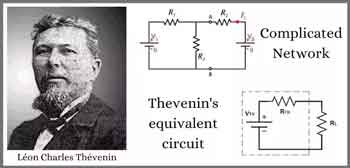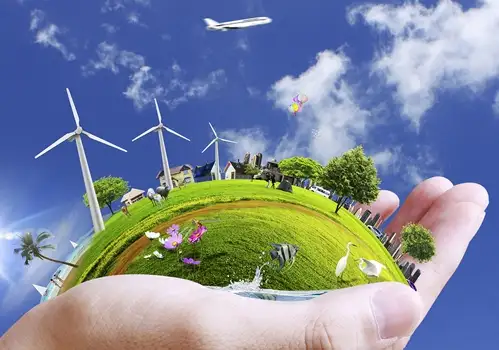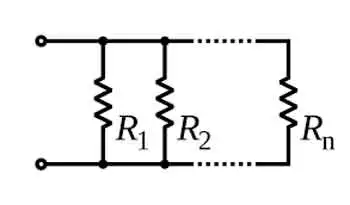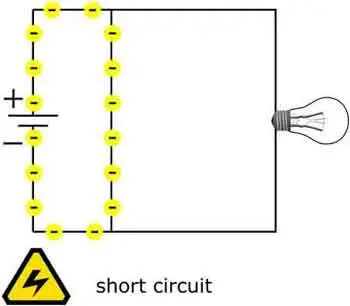Water Electricity
_1497176752.webp)
Water electricity refers to electrical power generated using water, primarily through hydroelectric systems. It converts the kinetic energy of moving or falling water into electricity, providing a renewable and sustainable energy source with low carbon emissions and high efficiency.
What is: “Water Electricity?”
Water electricity, also known as hydroelectric power, is energy derived from moving water. It’s a leading source of renewable electricity worldwide.
✅ Converts water’s kinetic energy into usable electricity
✅ Offers renewable, low-emission electricity generation
✅ Used in dams, rivers, and tidal energy systems
Most hydroelectric power is generated from the potential energy of dammed water, which drives a water turbine and generator. Less common variations utilize water's kinetic energy or undammed sources, such as tidal power. Hydroelectricity is a renewable energy source.
The energy extracted from water depends not only on the volume but on the difference in height between the source and the water's outflow. This height difference is referred to as the head. The amount of potential energy in water is directly proportional to the head. To obtain a very high head of water for a hydraulic turbine, water may be run through a large pipe called a penstock.
While many supply public power networks, some Water Electricity projects were created for private commercial purposes. For example, aluminum processing requires substantial amounts of power, and in Britain's Scottish Highlands, there are examples at Kinlochleven and Lochaber, designed and constructed during the early 20th century. Similarly, the 'van Blommestein' lake, dam and power station were constructed in Suriname to provide power for the Alcoa aluminum industry. In many parts of Canada (specifically, the provinces of British Columbia, Manitoba, Ontario, Quebec, and Newfoundland and Labrador), hydroelectricity is used so extensively that the word "hydro" is often used to refer to any power delivered by a power utility. The government-run power utilities in these provinces are called BC Hydro, Manitoba Hydro, Hydro One (formerly "Ontario Hydro"), Hydro-Québec and Newfoundland and Labrador Hydro, respectively. Hydro-Québec is the world's largest hydroelectric generating company, with a total installed capacity (2005) of 31,512 MW. For deeper insight into how to generate electricity from various sources, including water, visit our guide on hydroelectricity, which explains methods, systems, and real-world examples.
Importance
Water and Electricity power supplies 20% of the world's electricity. Norway produces virtually all of its energy from hydroelectric sources. In contrast, Iceland produces 83% of its requirements (as of 2004), and Austria generates 67% of all power in the country from hydroelectric sources (over 70% of its total requirements). Canada is the world's largest producer of Water Electricity, and produces over 70% of its electric power from hydroelectric sources.
Apart from a few countries with an abundance of it, hydro capacity is normally applied to peak-load demand, because it can be readily stored during off-peak hours (in fact, pumped-storage hydroelectric reservoirs are sometimes used to store power produced by thermal plants for use during peak hours). It is not a major option for the future in developed countries because most major sites in these countries that have the potential for harnessing gravity in this way are either already being exploited or are unavailable for other reasons, such as environmental considerations.
Regions where thermal plants provide the dominant supply of power utilize Water Electricity to provide the important functions of load following and regulation. This permits thermal plants to be operated closer to thermodynamically optimal points rather than varied continuously, which reduces efficiency and potentially increases pollutant emissions. Concurrently, hydro plants are then utilized to provide for hour-to-hour adjustments and to respond to changes in system frequency and voltage (regulation), with no additional economic or environmental effect.
Related Articles









